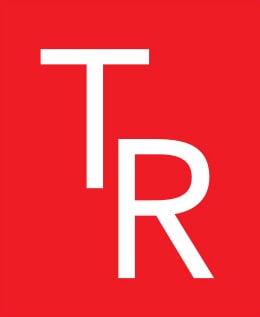In today’s competitive business world, hiring the right talent is like finding the perfect puzzle piece. However, when that piece doesn’t fit, the consequences can reverberate throughout the organization, exacting a toll far beyond the initial recruitment process. Surveys have shown that 75 percent of employers have made a bad hire at one point. Making a bad hire isn’t just a misstep; it’s an expensive one that can jeopardize productivity, morale, and the bottom line. It’s a lesson many of our customers have learned the hard way, and why they seek out the services of TalentReach to help guide the critical task of recruiting and hiring.
One of the most tangible costs of a bad hire is financial. Beyond the expenses associated with recruitment, such as advertising, screening, and interviewing, lies the investment in onboarding and training. When a new employee fails to meet expectations or quickly departs, these costs become sunk, leaving the company grappling with the need to reinvest resources in finding a replacement. According to a study by the Society for Human Resource Management (SHRM), the average cost of a bad hire can range from 50% to several times the employee’s annual salary, depending on the position and industry.
Yet, the monetary impact is just the tip of the iceberg. A bad hire can disrupt team dynamics, leading to decreased morale and productivity. When colleagues must pick up the slack or correct the mistakes of an underperforming employee, resentment can brew, dampening morale in the workplace. Also, the uncertainty surrounding a failing team member can erode trust in leadership and breed a sense of insecurity among remaining staff, further impeding performance.
Some reasons cited for why the hire was a poor one, according to a CareerBuilder survey:
- The employee didn’t produce the proper quality of work: 58 percent
- The employee had a negative attitude: 52 percent
- The employee didn’t work well with other employees: 51 percent
- The employee’s skills did not match what they claimed to be able to do when hired: 49 percent
- The employee had immediate attendance problems: 45 percent
Consider the opportunity costs of a poor hire too: On average, employers take an average of 10 weeks to terminate the employee and another 6 weeks to fill the role again. Think of the work that has been stalled for that length of time, and the impact on other team members.
The intangible costs of a bad hire, such as missed opportunities and stunted innovation, are harder to quantify but equally detrimental. An employee who lacks the necessary skills or cultural fit may struggle to contribute meaningfully to projects or adapt to evolving demands, stifling progress and innovation within the company.
Recognizing the true cost of a bad hire underscores the importance of robust recruitment strategies, thorough vetting processes, and a commitment to fostering a culture of excellence. Having a professional team on your side to assist in sourcing and vetting the best talent is a best practice. Years of experience allow professionals such as the team at TalentReach to mitigate the risks of bad hires. Our team takes the time to understand the business model, corporate culture, and unique needs of our customers to ensure only candidates who are a good fit are recommended. While no process is perfect, using a professional talent advisor reduces the risk of a bad hire. After all, in the complex puzzle of business success, every piece must fit seamlessly for the picture to truly come together.



Recent Comments